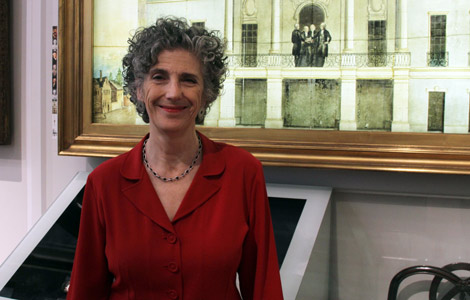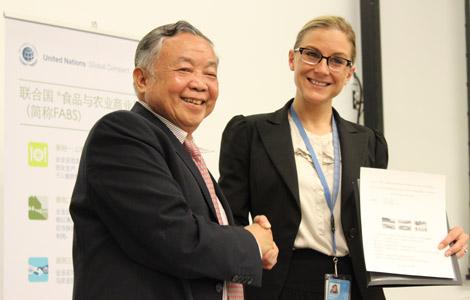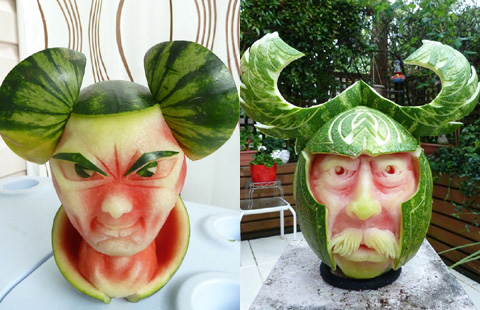Probing deep roots of globalization issues
Updated: 2014-06-15 07:28
By Chen Nan (China Daily)
|
||||||||
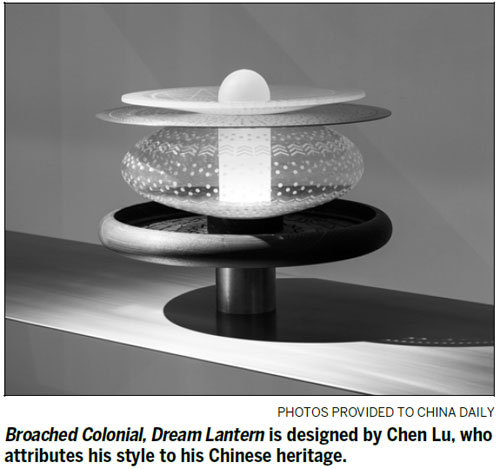
Broached Commissions cofounder and creative director Lou Weis says the Melbourne-based studio's design works draw from Australian history and are influenced by how the country has retained traditional culture during globalization.
"What happens to design when it migrates? It's one of our core issues," Weis, who was in Beijing launching the group's first exhibition in China, Broached Retreat, at Beijing's Ullens Center for Contemporary Arts.
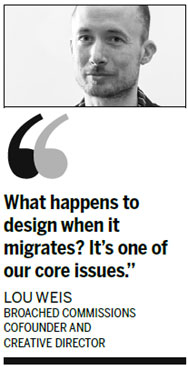
"Each collection is based on different events in Australian history, which are known by everyone and conjure common assumptions. It's important for people to revisit these important historical events and realize that they were filled with the same dilemmas that confront our daily life today. The problems of mass production, the threat to local cultures, all emerge from the origins of industrialization of globalization."
In the exhibition, the artistic director reviews some of the group's most important works, mainly from the two collections - Broached Colonial, which explores the colonial period, and Broached East, which focuses on what's by some measures the largest migration in human history, from 1850 to around 1930. That was when 130 million people, mostly from China and India, moved to the country, influencing the Western world in ways ranging from art to architecture.
"Broached Commissions was born out of a desire to create a series of works reflecting the country's relationship to globalization. We have been focusing on portraying Australia's unique role as in the middle between European cultures and their neighbors in Asia," says Weis, who studied cultural theory at university.
These studies later nurtured a fascination with urban environments.
"Australia was born at the beginning of the industrial revolution and so has always been connected to cycles of modernization and has always been willing to accept each new trend in design. We want to tackle cliche and make it relevant to contemporary design," Weis says.
The exhibition displays 12 pieces by eight designers and includes a few new works commissioned by UCCA director Philip Tinari, who's also a writer and art critic in Beijing.
As the first design exhibition at UCCA, Broached Retreat displays the works in a pavilion with two rooms - a "masculine" and a "feminine" space.
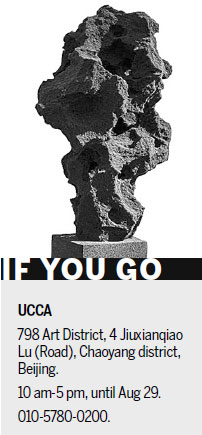
"We imagined a couple who, although in love, decided they needed separate rooms for relaxation and reflection. That's why we titled the exhibition Broached Retreat," Weis says.
The show continues the studio's tradition of presenting collaborations between core and guest designers.
"Their nationalities, and therefore their cultural life, is deeply connected to our design story," Weis says.
Taiwan-born, Sydney-based designer Chen Lu, who designed the pavilion, explains that the two rooms - one black and one white - reference Mies van der Rohe's architecture and traditional Chinese pavilions.
He explains the stone walls symbolize rock formations associated with scholars in traditional Chinese culture, while the use of black cloth printed with Chinese ink painting hints at modern interpretations of traditional art forms. They take on new meanings and become the interior's skin. He also designed a dressing table to fit in the pavilion context.
Chen attributes his design style to his Chinese heritage. He links the past to the present through dark, or yin, and light, or yang, spaces and establishes dialogues between public and private domains.
"My Chinese heritage is forever within my decision making, and it is ingrained with my aesthetic sensibility," he says.
"In Broached Retreat, this sensibility had evolved into a dialogue between East and West - not as opposites but as the dual perspectives that exist within me and within us today."
chennan@chinadaily.com.cn
(China Daily 06/15/2014 page9)

 Council of Fashion Designers of America Awards
Council of Fashion Designers of America Awards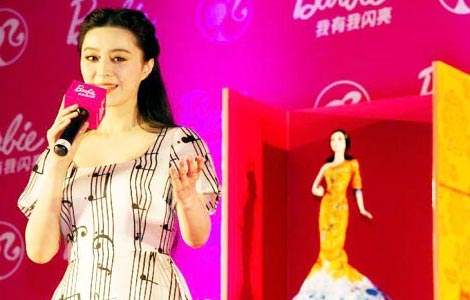
 Fan Bingbing, first Chinese actress in Barbie Hall of Fame
Fan Bingbing, first Chinese actress in Barbie Hall of Fame
 Awarding ceremony of 2014 hito Pop Music held in Taipei
Awarding ceremony of 2014 hito Pop Music held in Taipei
 Zhao Liying's photo shoot for Children's Day
Zhao Liying's photo shoot for Children's Day
 'Taken 2' grabs movie box office crown
'Taken 2' grabs movie box office crown
 Rihanna's 'Diamonds' tops UK pop chart
Rihanna's 'Diamonds' tops UK pop chart
 Fans get look at vintage Rolling Stones
Fans get look at vintage Rolling Stones
 Celebrities attend Power of Women event
Celebrities attend Power of Women event
Most Viewed
Editor's Picks

|

|

|

|
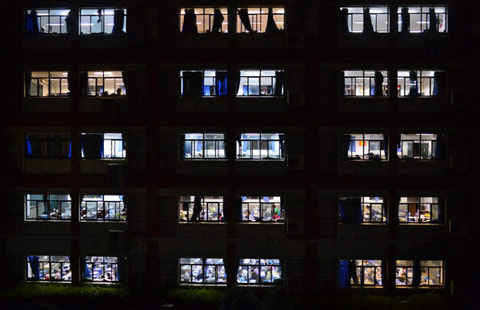
|
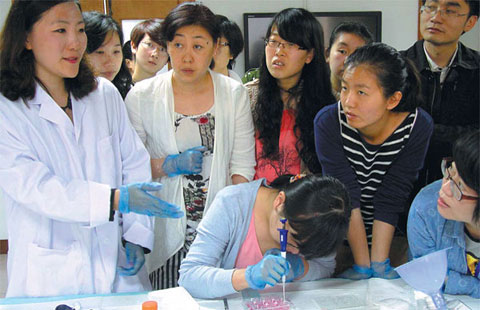
|
Today's Top News
Envoy rebuts Vietnam, Philippines on sea issue
Obama faces limited options in Iraq crisis
Oregon high school shooter's parents offer apology
Army: Bergdahl 'looked good' after returning to US
Cui: China poses no threat to US
Japanese F-15 tails Chinese jet at close distance
Zhaopin's IPO raises $76m, company brand
Xi's call for 'energy revolution' supported
US Weekly

|

|
